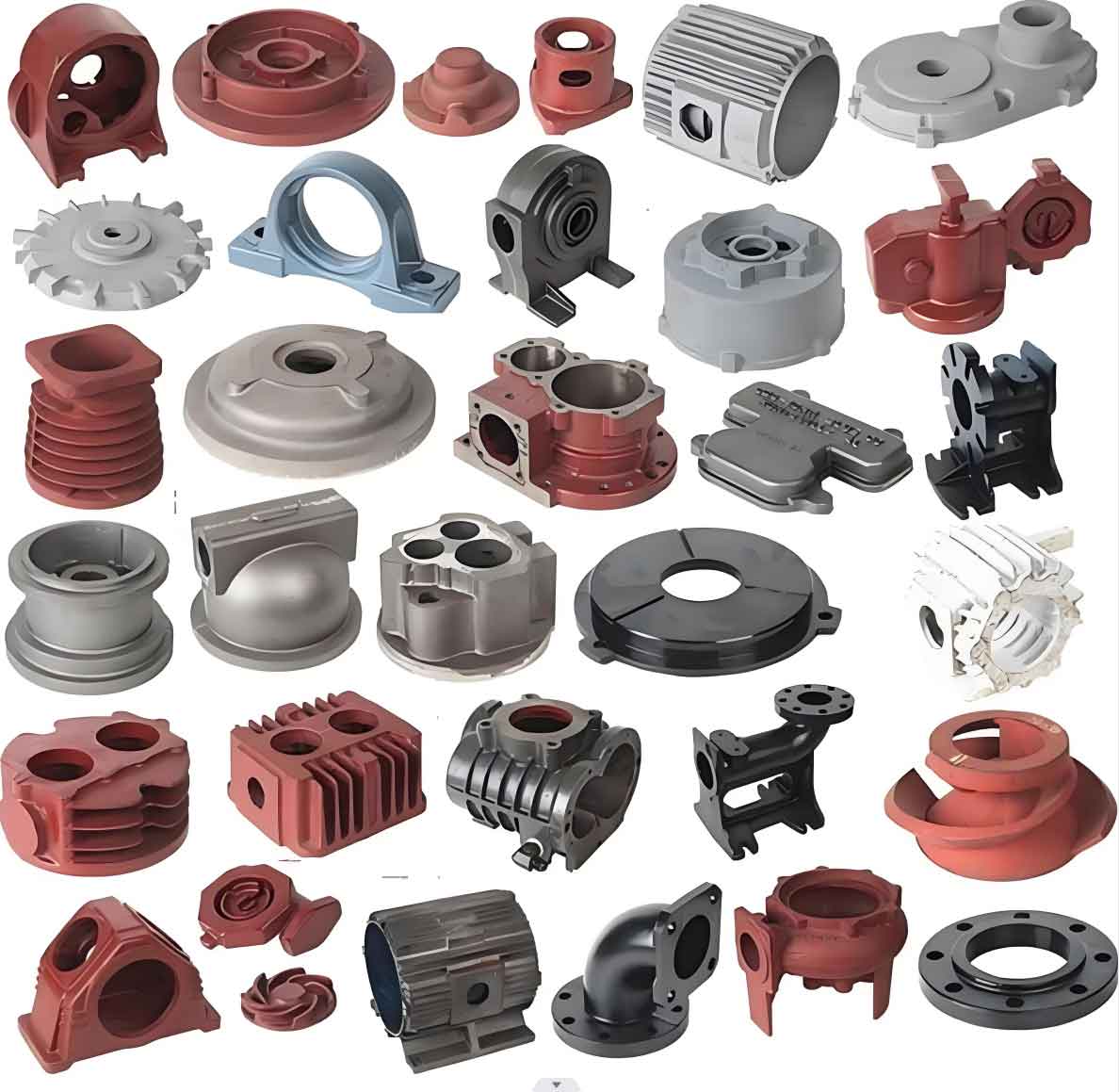Optimizing the production process of ductile cast iron (DCI) to improve fatigue resistance involves several key steps and considerations, focusing on both the material properties and the manufacturing techniques. Here are some essential aspects to consider:

1. Material Composition and Alloying Elements
- Carbon Content: Proper control of carbon content is crucial. Higher carbon content can improve strength but may adversely affect ductility.
- Nodulizing Elements: Elements like magnesium or cerium are added to promote the formation of spherical graphite nodules, which are critical for improving ductility and fatigue resistance.
- Alloying Elements: Adding elements like copper, nickel, molybdenum, and vanadium can enhance strength and fatigue resistance. However, the levels must be carefully balanced to avoid negative effects on other properties.
2. Melt Treatment
- Inoculation: Proper inoculation during the melting process helps in achieving a fine and uniform distribution of graphite nodules, which is essential for fatigue resistance.
- Magnesium Treatment: Ensuring an adequate and controlled addition of magnesium or other nodulizing agents is crucial to form spherical graphite nodules.
3. Casting Process
- Mold Design and Cooling Rates: Optimizing mold design and controlling the cooling rates can influence the microstructure of ductile cast iron. Faster cooling can lead to a finer pearlitic matrix, which improves fatigue resistance.
- Pouring Temperature: Maintaining an optimal pouring temperature helps in avoiding defects like shrinkage cavities and gas porosities, which can adversely affect fatigue resistance.
4. Heat Treatment
- Austempering: Austempering is a heat treatment process that transforms the matrix into ausferrite, enhancing both strength and fatigue resistance. This involves heating the ductile cast iron to the austenitizing temperature, followed by rapid cooling to a lower temperature and holding it there until the desired microstructure is achieved.
- Annealing: Annealing can be used to reduce internal stresses and improve ductility, which indirectly benefits fatigue resistance.
5. Surface Treatments
- Shot Peening: Shot peening is a surface treatment process that introduces compressive residual stresses on the surface, improving fatigue resistance.
- Surface Hardening: Techniques like carburizing or nitriding can be applied to harden the surface, thereby enhancing wear resistance and fatigue strength.
6. Microstructure Control
- Graphite Nodules: Ensuring a high nodule count with a spherical shape is crucial. This can be achieved through careful control of nodulizing and inoculation processes.
- Matrix Structure: A fine, pearlitic matrix is generally preferred for better fatigue resistance. This can be influenced by alloying elements and cooling rates.
7. Quality Control and Testing
- Non-Destructive Testing (NDT): Techniques like ultrasonic testing, radiography, and magnetic particle inspection can be used to detect internal and surface defects.
- Fatigue Testing: Conducting fatigue tests on samples to evaluate the improvements in fatigue resistance and validate the optimization process.
Practical Steps for Implementation
- Initial Assessment: Evaluate the current production process and identify areas for improvement.
- Material Selection: Choose appropriate base materials and alloying elements.
- Process Design: Develop optimized melting, ductile cast iron, and heat treatment processes.
- Pilot Testing: Implement the optimized processes on a small scale and conduct rigorous testing.
- Full-Scale Production: Once validated, apply the optimized processes to full-scale production.
- Continuous Monitoring: Continuously monitor the production process and material properties to ensure consistency and make further improvements as necessary.
By focusing on these aspects, the production process of ductile cast iron can be optimized to achieve significant improvements in fatigue resistance, leading to longer-lasting and more reliable components.
